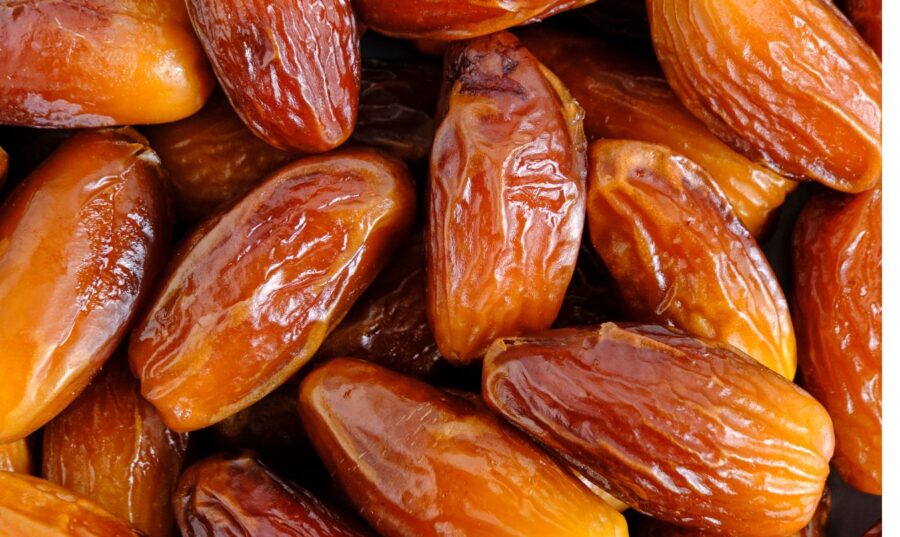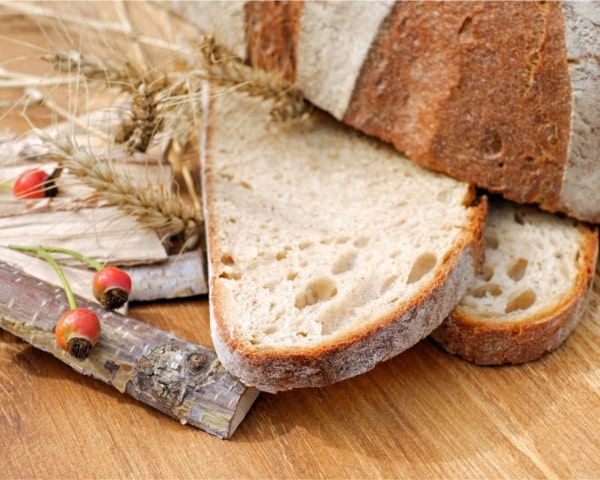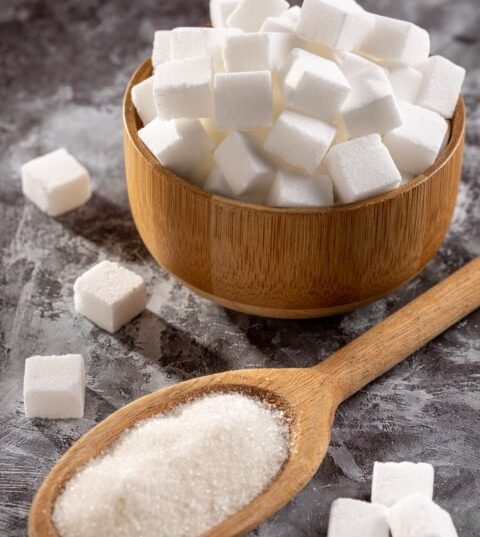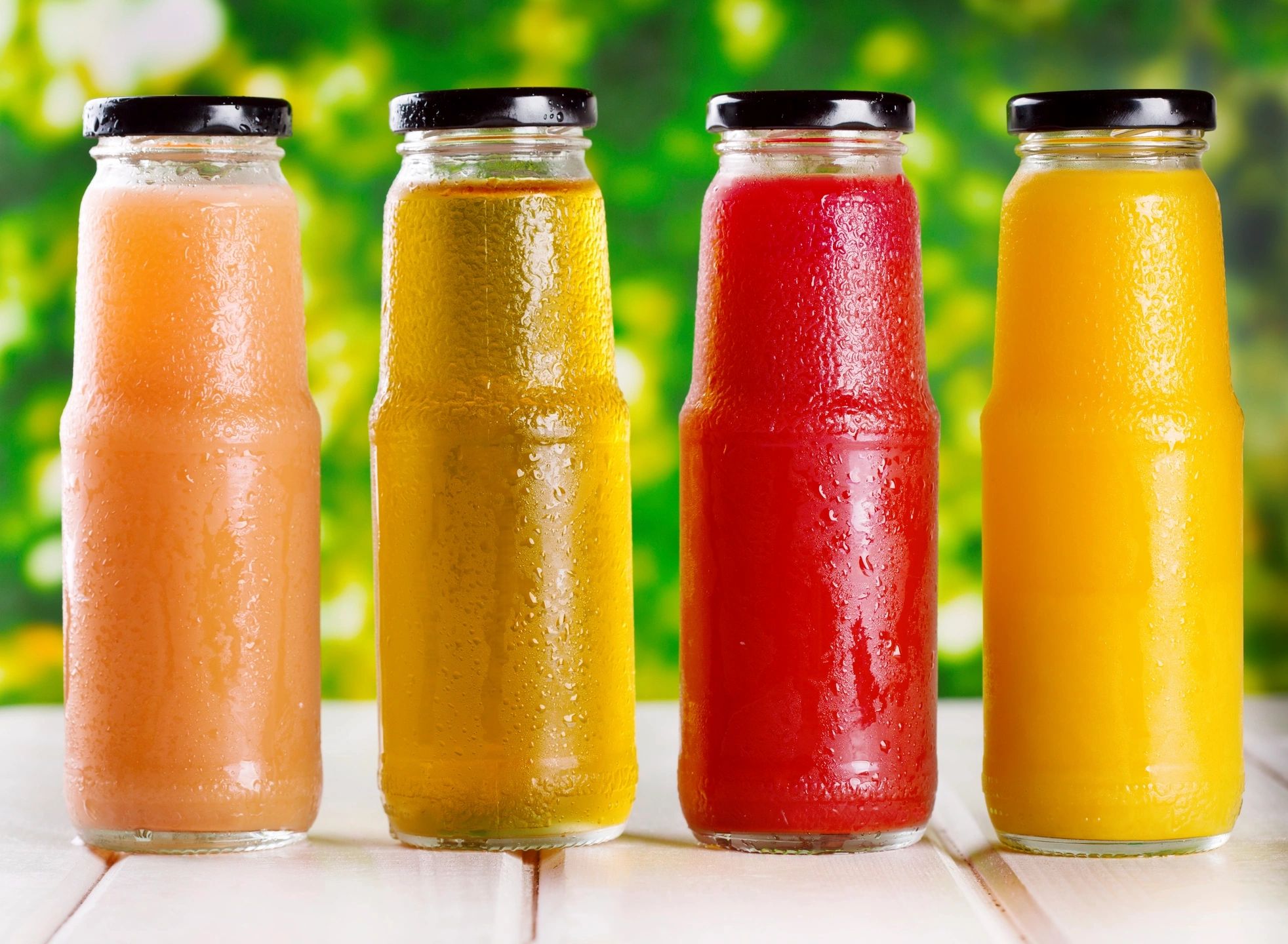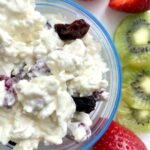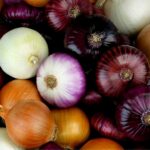|
Getting your Trinity Audio player ready...
|
The Monk Fruit plant (Siraitia grosvenorii) either Monk Fruit (luo han guo), It is native to southern China and northern Thailand. For more than 200 years, it has been cultivated in the Guangxi province of China. The fruit is said to derive its name from being cultivated by Chinese monks over 800 years ago.
This fruit, a type of subtropical melon, is usually not used fresh. When the fruit is dried, its active compounds are extracted, which are then purified. These compounds called monogrosides can be 300 times sweeter than table sugar, although they constitute the 1% of the fruit.
The fruit has an extremely long history of use in China. It is used as a sweetener, a remedy for colds, lung congestion, pharyngitis, sore throats, as well as for minor stomach and intestinal problems.
Benefits and Nutritional Qualities
This fruit contains carbohydrates, proteins and fats. Proteins include the eight essential amino acids for humans. It also contains vitamins C, B1 and B2. When ripe it contains potassium, calcium, magnesium, iron, zinc, phosphorus, manganese, copper and selenium.
Monk Fruit sweeteners are calorie-free and intensely sweet. They can be used for reduce the intake of added sugars. In addition, they provide the satisfaction of enjoying the taste of something sweet. They are only needed in small amounts to equal the sweetness provided by the sugar.
Because they are stable at high temperatures, these sweeteners can be used in baked goods. However, the product in the recipe may turn out slightly different, not only in sweetness, but in volume and texture.
Research
In some studies, Monk Fruit has shown antioxidant, anticancer, antimicrobial, antiasthmatic, antitussive and anti-inflammatory activity. Also, hypoglycemic activity has been identified, as well as regulatory effects on the immune system and against constipation. In these studies, fresh and dried fruit and commercial extracts have been used. Many of the findings are associated with phytochemicals called monogrosides, which the fruit has.
Regulation
The United States Food and Drug Administration (FDA) classifies active components of the fruit as “generally recognized as safe” (GRAS, acronym in English). According to the FDA, the sweetener in this fruit is safe for children, pregnant women, and people with diabetes to consume. This means it can be used as an ingredient in foods and drinks.
This type of sugar is available as a component of sweetener blends or as a stand-alone sweetener. It can be found in the ingredient list of soft drinks, nutritional and energy shakes, chocolates, nutrition bars, cereals and granolas.
Limitations
- Fresh fruit is often not available, due to the difficulty of harvesting and the cost of importing.
- Since the sweetener is extremely sweet in small quantities, it is often mixed with other substances, to add volume to the final product. This can result in variable purity of different preparations.
- The lack of studies over a prolonged period of time limits establishing its long-term effectiveness.
Summary. Natural sweeteners play an increasingly important role for consumers looking for alternatives to table sugar and other caloric sweeteners. Specific components of Monk Fruit have GRAS status in the US and are found in several products. Research into the effects of this fruit's components on human health is expected to continue as its uses become increasingly popular.
Main references
Suri, S., Kathuria, D., Mishra, A. & Sharma, R. (2020). Phytochemical composition and Pharmacological Impact of Natural Non-Calorie Sweetener Monk Fruit (Siraitia Grosvenorii): A Review. Nutrition and Food Science, 51(6): 897-910. DOI: 10.1108/NSF-09-2020-0350
Tey, SL, Salleh, NB, Henry, J., & Forde, CG (2017). Effects of Aspartame-, Monk Fruit-, Stevia- and Sucrose-Sweetened Beverages on Postprandial Glucose, Insulin and Energy Intake. International Journal of Obesity, 41(3): 450-457. DOI: 10.1038/ijo.2016.225.
Carmen M. Pérez Velázquez


